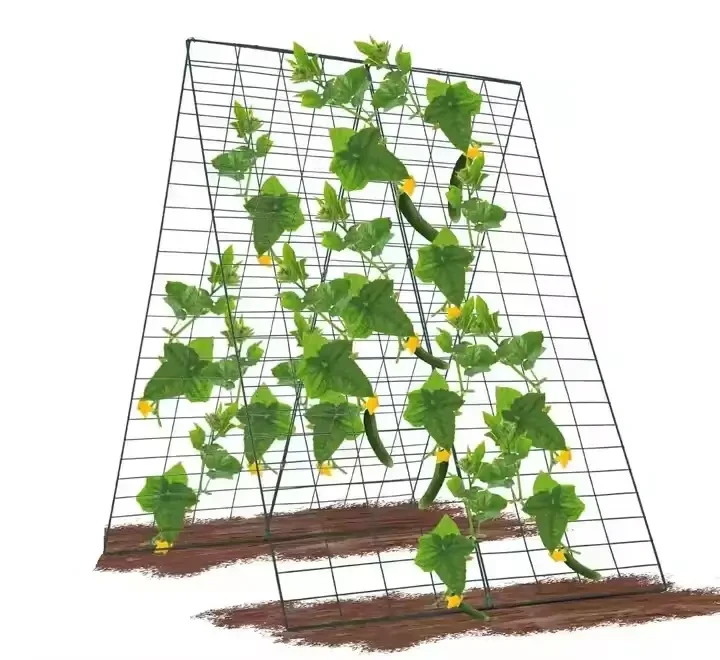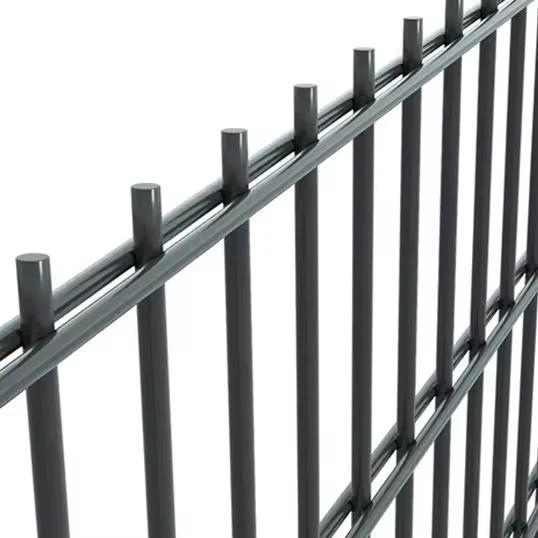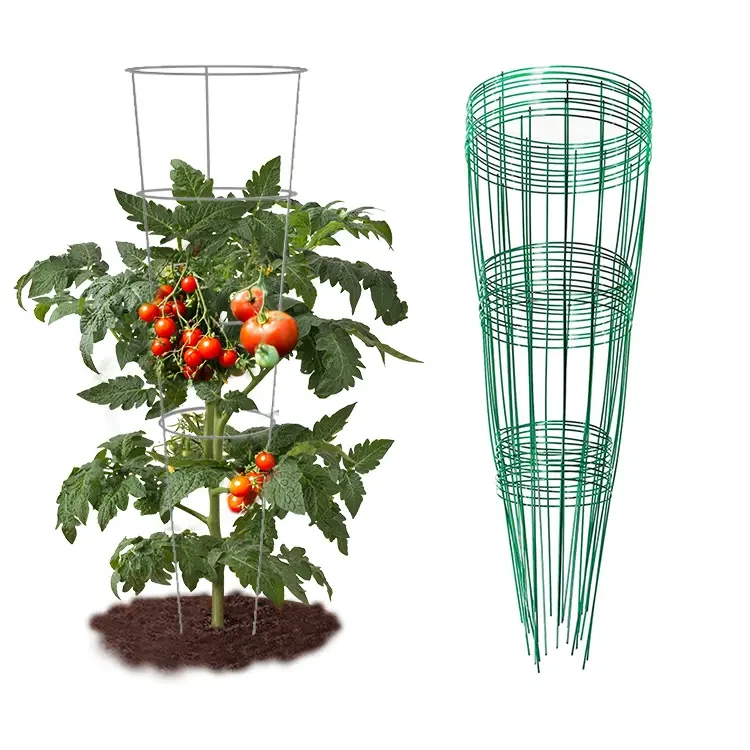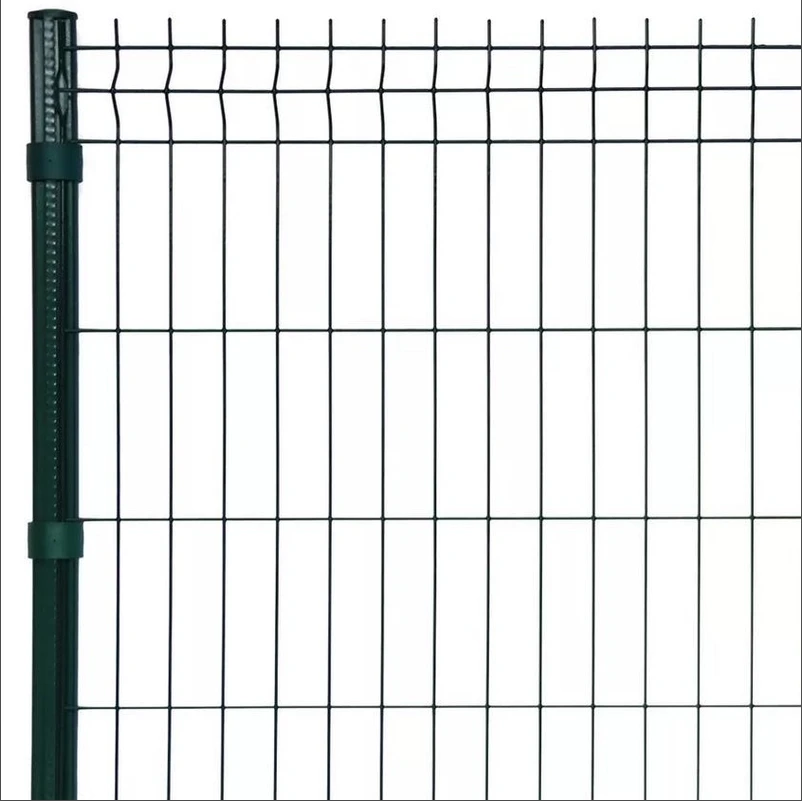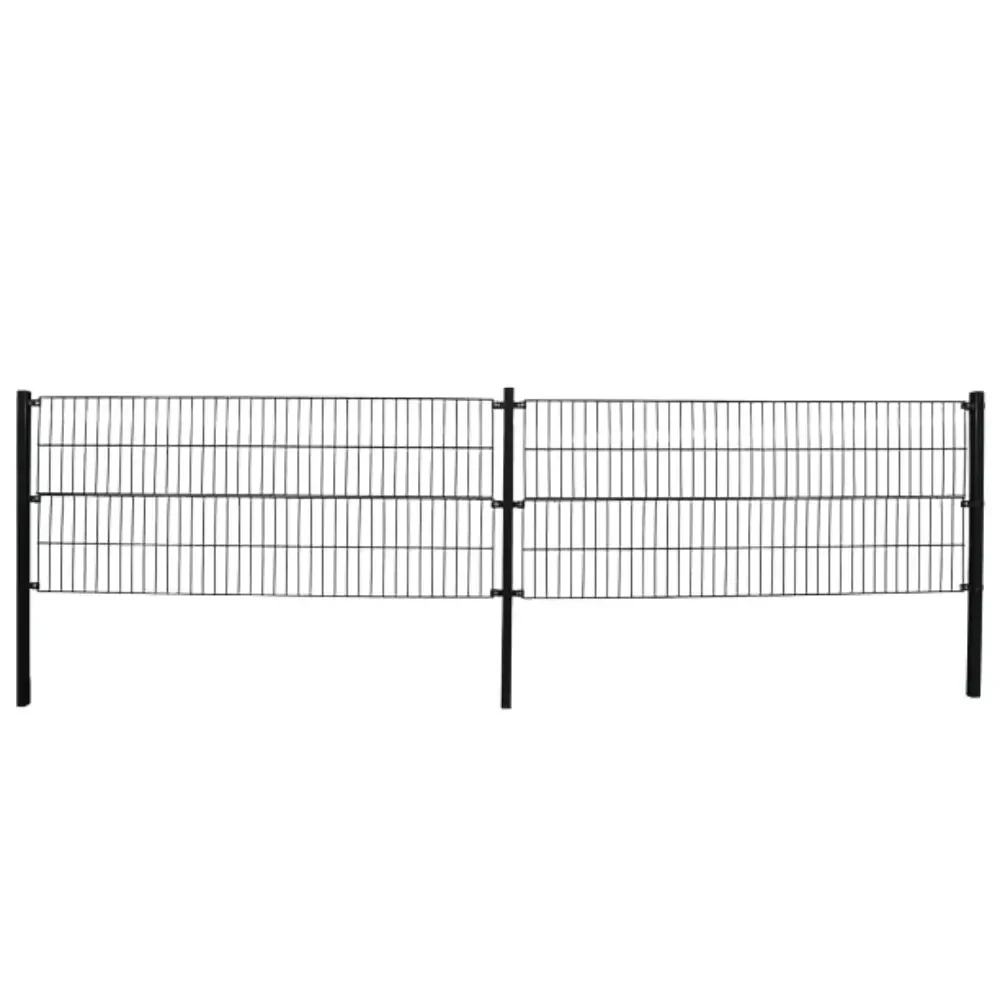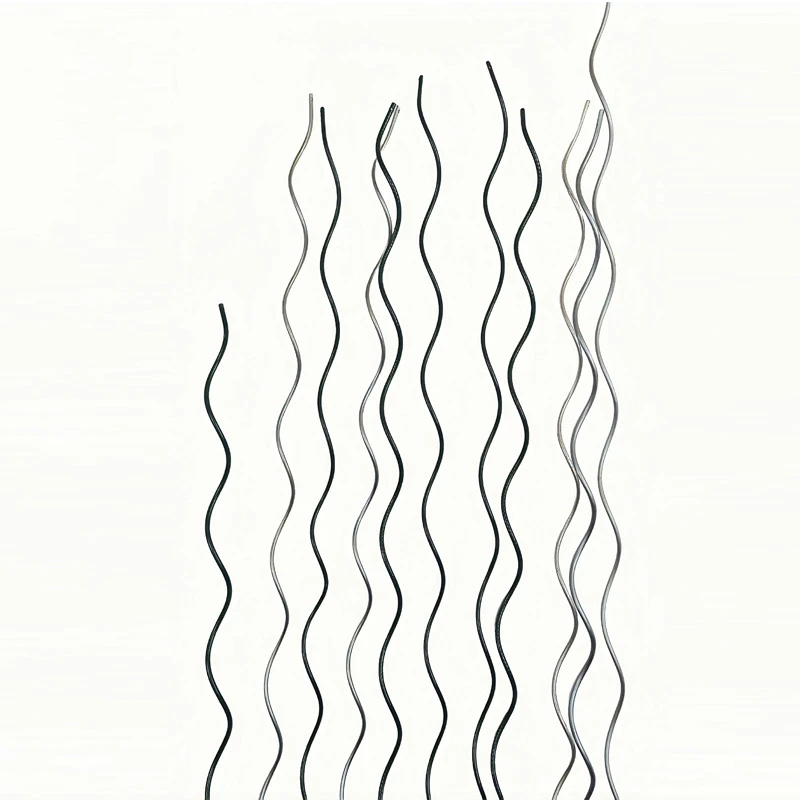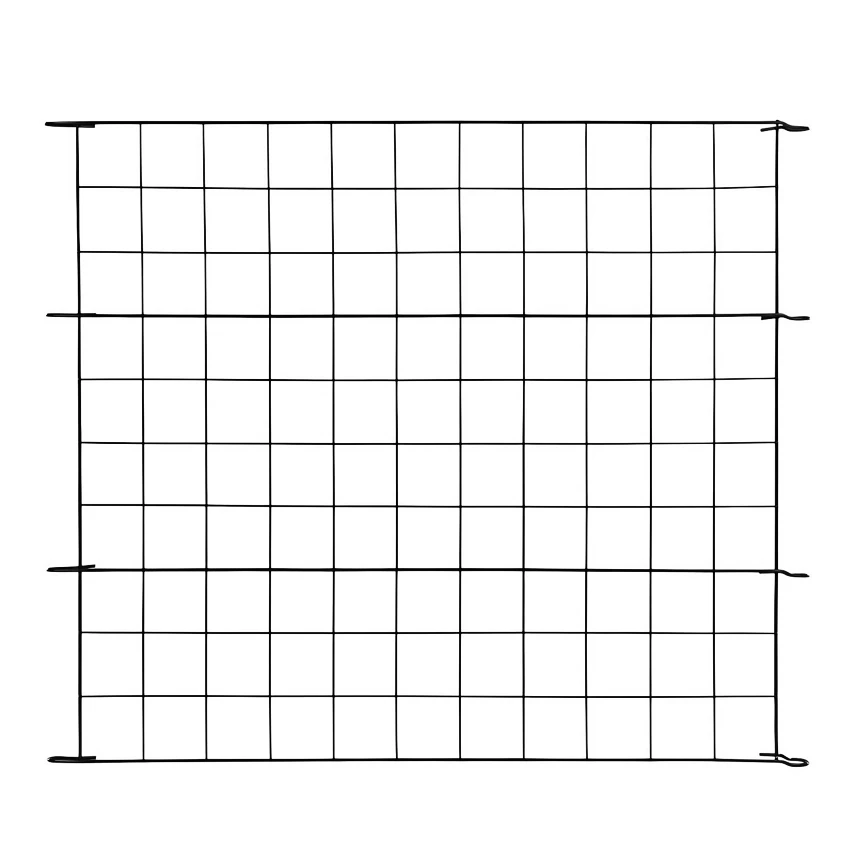-

-
 Whatsapp:+86 17732187393
Whatsapp:+86 17732187393 -


- Afrikaans
- Albanian
- Amharic
- Arabic
- Armenian
- Azerbaijani
- Basque
- Belarusian
- Bengali
- Bosnian
- Bulgarian
- Catalan
- Cebuano
- Corsican
- Croatian
- Czech
- Danish
- Dutch
- English
- Esperanto
- Estonian
- Finnish
- French
- Frisian
- Galician
- Georgian
- German
- Greek
- Gujarati
- haitian_creole
- hausa
- hawaiian
- Hebrew
- Hindi
- Miao
- Hungarian
- Icelandic
- igbo
- Indonesian
- irish
- Italian
- Japanese
- Javanese
- Kannada
- kazakh
- Khmer
- Rwandese
- Korean
- Kurdish
- Kyrgyz
- Lao
- Latin
- Latvian
- Lithuanian
- Luxembourgish
- Macedonian
- Malgashi
- Malay
- Malayalam
- Maltese
- Maori
- Marathi
- Mongolian
- Myanmar
- Nepali
- Norwegian
- Norwegian
- Occitan
- Pashto
- Persian
- Polish
- Portuguese
- Punjabi
- Romanian
- Russian
- Samoan
- scottish-gaelic
- Serbian
- Sesotho
- Shona
- Sindhi
- Sinhala
- Slovak
- Slovenian
- Somali
- Spanish
- Sundanese
- Swahili
- Swedish
- Tagalog
- Tajik
- Tamil
- Tatar
- Telugu
- Thai
- Turkish
- Turkmen
- Ukrainian
- Urdu
- Uighur
- Uzbek
- Vietnamese
- Welsh
- Bantu
- Yiddish
- Yoruba
- Zulu
Durable Chicken Wire Fence Panels Metal Garden & Farm Solutions
This comprehensive guide outlines key aspects of chicken wire fence panels
:
- Fundamental characteristics and material composition
- Technical advantages over alternative fencing methods
- Comparative analysis of leading manufacturers
- Customization possibilities for specialized projects
- Practical implementation across diverse scenarios
- Installation best practices for optimal performance
- Long-term maintenance requirements and protection
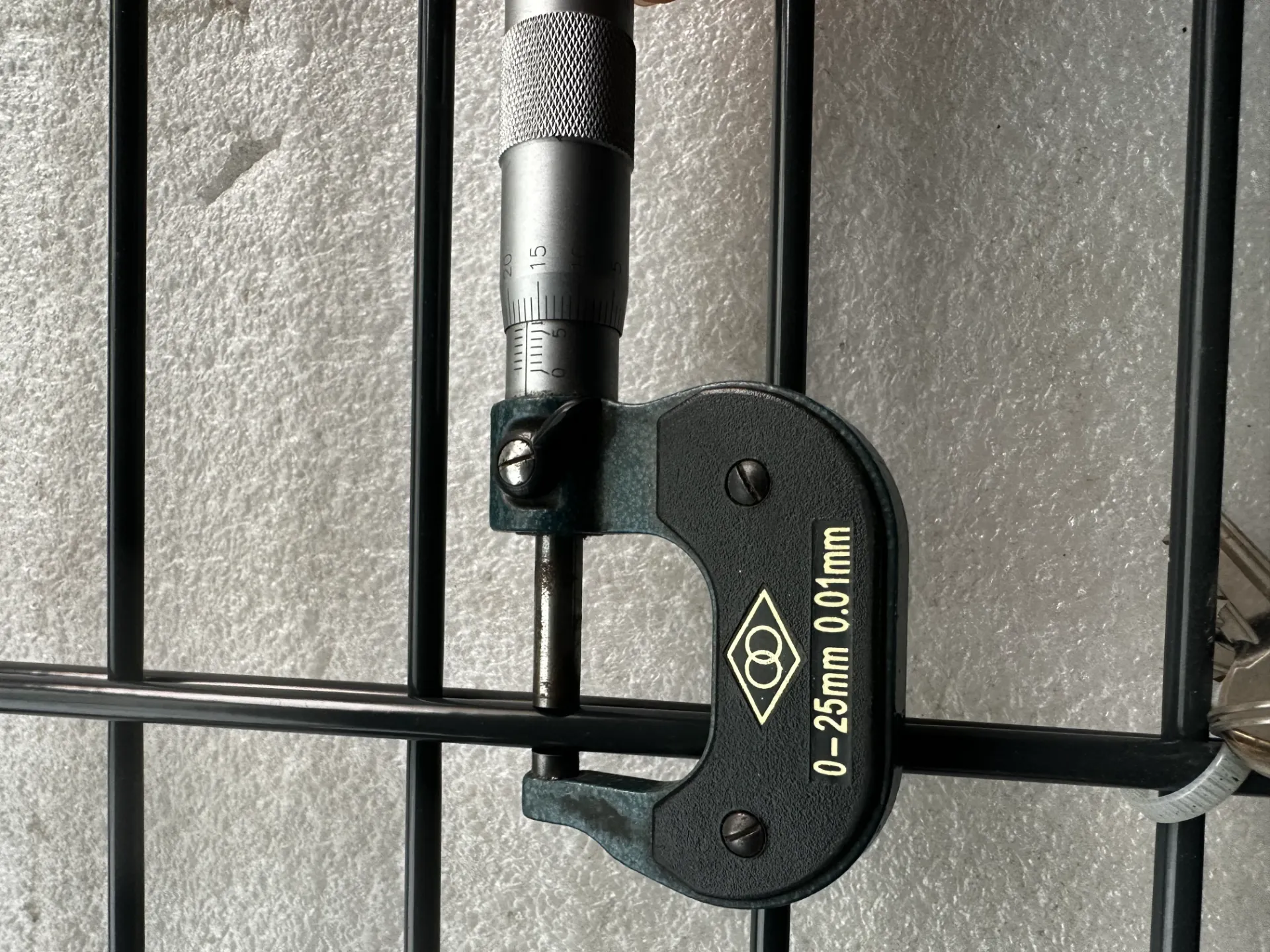
(chicken wire fence panels)
Understanding Chicken Wire Fencing Fundamentals
Chicken wire fence panels, also known as poultry netting or hexagonal mesh fencing, consist of galvanized steel wires woven into characteristic diamond patterns. Standard panel dimensions typically range from 4ft to 6ft in height with 10ft to 20ft lengths. The wire gauge thickness averages 19-22 AWG, with mesh openings commonly measuring 1 inch for poultry protection or 2 inches for garden applications. Galvanization types vary significantly: Hot-dipped galvanization provides 3-5 times more rust resistance than electro-galvanized alternatives according to ASTM A641 standards. The hexagonal pattern provides structural integrity by distributing stress points evenly across the mesh surface, preventing localized failure even under significant pressure.
Technical Advantages and Performance Metrics
The structural superiority of galvanized chicken wire fence panels manifests in several technical benefits. Independent testing confirms an average lifespan of 15-25 years with proper installation, outperforming vinyl-coated options by 8-12 years in salt-spray corrosion tests. The open-weave design delivers 40% greater wind load resistance than solid fencing, reducing structural failure during storms while maintaining 98% animal containment effectiveness. Wire tensile strength ranges from 750-1150 MPa depending on manufacturing processes, exceeding minimum strength requirements for agricultural fencing by over 150%. This high tensile strength allows vertical load bearing up to 75kg per linear foot without permanent deformation. Unlike privacy fencing, the permeable structure prevents snow accumulation and microclimate damage while providing constant airflow to plants.
Manufacturer Comparison and Specifications
The following table details performance differences among leading manufacturers:
| Manufacturer | Wire Gauge | Galvanization Type | Panel Lifespan (Years) | Corrosion Warranty | Maximum Load Capacity |
|---|---|---|---|---|---|
| Amcraft Products | 20 AWG | Hot-Dipped | 22-25 | 20 years | 68kg/ft |
| Red Brand | 19 AWG | Zinc-Aluminum | 18-22 | 15 years | 75kg/ft |
| Pioneer Fencing | 21 AWG | Electro-Galvanized | 12-15 | 8 years | 52kg/ft |
| Garden Zone | 22 AWG | Polymer Coated | 10-12 | 5 years | 48kg/ft |
Industrial specifications for commercial grade panels adhere to ISO 9001 manufacturing standards, guaranteeing material consistency. Commercial offerings typically feature 15% thicker zinc coatings than consumer-grade products with welded vertical reinforcements at 3ft intervals for load distribution. Hot-dipped galvanization remains the industry benchmark, providing zinc coverage averaging 80-90g/m² compared to 25-30g/m² in electro-galvanized alternatives.
Custom Solutions for Specific Requirements
Steel chicken wire fence panels offer significant customization potential for specialized installations. Mesh aperture sizing varies substantially, from 1/2-inch hexagonal openings for quail aviaries to 3-inch configurations for deer exclusion. Over 70% of manufacturers provide custom cutting services to accommodate irregular perimeter configurations without compromising structural integrity. Enhanced options include triple-reinforced selvage edges that increase durability by 40% and gate integration systems with adjustable hinge placements. For permanent installations, powder-coated variants extend protection against chemical exposure in agricultural environments. Heavy-gauge versions (16 AWG) rated for 110kg/foot loads serve vineyards and orchards requiring vine support alongside animal protection. Coastal regions benefit from stainless-steel panel variants that resist salt corrosion for 25+ years despite regular marine exposure.
Practical Implementation Scenarios
Metal garden fence panels with chicken wire demonstrate versatility across numerous applications. In commercial poultry operations, a 6ft height with 1-inch hexagonal openings prevents predator intrusion while enabling adequate ventilation, reducing avian respiratory issues by approximately 30% compared to solid barriers. Botanical gardens utilize powder-coated versions to create decorative yet functional plant protection barriers, with UV-stable color retention lasting over 15 years. Urban gardeners implement curved configurations to establish pest-resistant raised beds without conventional framing structures. Vineyards employ vertical extensions to double as grapevine support systems, eliminating separate trellising infrastructure. Research from agricultural extension services confirms these installations reduce pest intrusion by over 85% while allowing pollination. Landscape architects increasingly specify architectural-grade options with woven wire patterns that enhance security without aesthetic compromise in residential applications.
Installation Protocols and Maintenance
Proper installation methods significantly impact longevity of chicken wire fencing systems. The critical first step involves establishing stabilized corner posts with concrete footings extending 30% below frost lines to prevent frost heave damage. Intermediate posts should maintain spacing no greater than 10 feet for 4-foot panels and 8 feet for 6-foot installations to prevent sagging. Professional installers recommend leaving 2-3 inches clearance between panel bottoms and soil surfaces to prevent moisture wicking that accelerates corrosion. Using stainless-steel fasteners rather than standard hardware provides up to 3 times longer service life in corrosive environments. Annual maintenance should include vegetation clearance from the fencing perimeter and zinc spray treatments to minor scratches. Galvanized wire mesh repair kits extend service life when promptly addressing minor damages. Documentation from fencing manufacturers confirms that following these protocols reduces replacement needs by 60% over a 15-year period.
Chicken Wire Fence Panels: Sustainable Protection Solutions
Properly selected metal garden fence panels with chicken wire deliver unparalleled cost-performance ratios for property protection. Independent lifecycle analyses confirm galvanized steel versions provide lower lifetime costs than aluminum alternatives despite higher initial investment. The recyclability quotient exceeds 95% at end-of-life, making these solutions environmentally sustainable throughout their service life. Commercial farming operations document 40% reductions in predator-related losses compared to electric fencing systems. For residential gardeners, implementing chicken wire fence panels typically yields full ROI within 24 months through reduced crop losses alone. Modern manufacturing advancements now ensure consistent product standards across global suppliers, guaranteeing predictable performance outcomes. When installed according to engineering specifications, these panels create secure boundaries that withstand both environmental pressures and animal activity for decades without significant degradation.
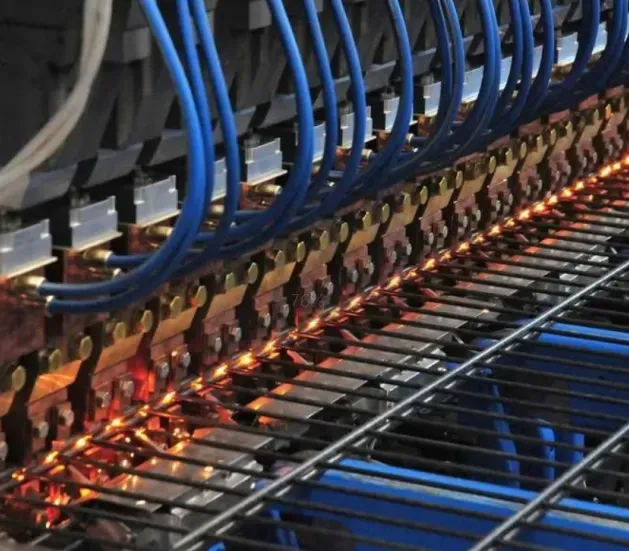
(chicken wire fence panels)
FAQS on chicken wire fence panels
Q: How durable are chicken wire fence panels for outdoor use?
A: Chicken wire fence panels are highly durable, made from galvanized metal to resist rust and weathering. They’re ideal for long-term garden or property protection.Q: Can fence panels with chicken wire be easily installed?
A: Yes, most chicken wire fence panels come pre-assembled with lightweight frames. Installation typically requires basic tools like posts and zip ties for quick setup.Q: Are metal garden fence panels with chicken wire safe for pets?
A: Yes, these panels are safe and effective for containing small pets. The tight mesh prevents escapes while allowing visibility and airflow.Q: What sizes do chicken wire fence panels usually come in?
A: Standard sizes range from 3x6 feet to 4x10 feet, with customizable options. Mesh openings vary from 1-inch to 2-inch for different needs.Q: Do chicken wire fence panels work to keep pests out of gardens?
A: Absolutely! The small gaps in chicken wire deter pests like rabbits and rodents. Pairing panels with sturdy posts enhances stability for garden protection.-
Premium Aluminium Fence for Sale Weather-Resistant & Stylish PanelsNewsJun.01,2025
-
6x6ft Metal Fence Panels - Heavy Duty Welded & Chicken Wire DesignsNewsJun.01,2025
-
Linking Stakes Plant Supports Durable Half-Round 12-Pack for GardensNewsMay.31,2025
-
Metal Fence Posts for Sale Durable & Rust-Resistant Round PostsNewsMay.31,2025
-
Fun Fence WPC - Durable, Eco-Friendly & Customizable DesignsNewsMay.31,2025
